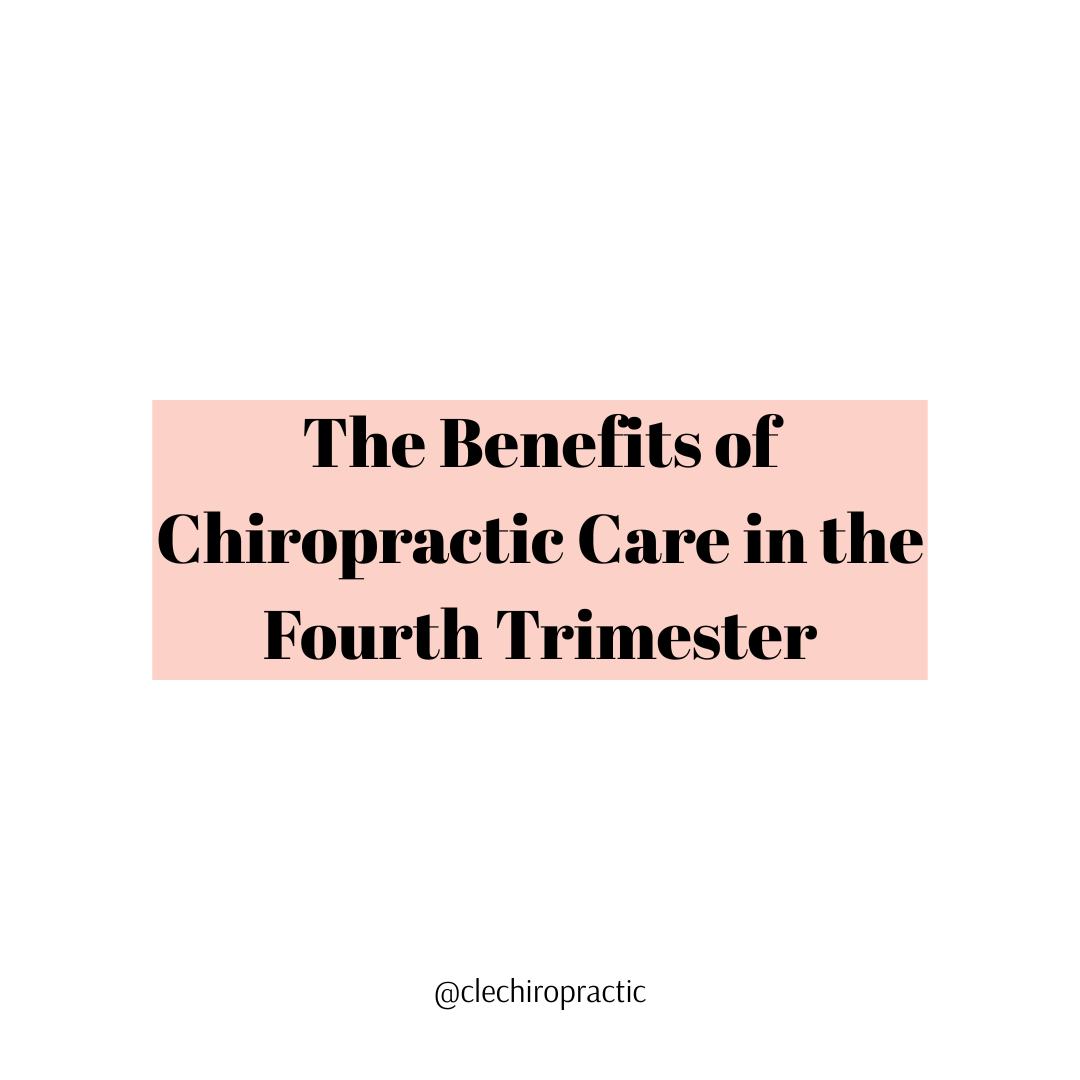There is so much emphasis on nurseries and “must haves” for baby, but what about for you, mama? Giving birth is an incredible event and postpartum is no joke. I am currently 39 weeks pregnant with my third baby, preparing for another postpartum experience. With each baby, I have learned more about my needs and the needs of my family during this sacred time. For this baby, we have bought very few things and while we have everything we need, we didn’t even bring out everything from storage. We have spent much more time preparing for postpartum. Here are 5 things I am preparing for this postpartum period:
Prepare to Rest
Are you familiar with the term “lying-in” period? The lying-in period is a time for you to rest and bond with your baby after birth. I have seen a few different suggestions for this:
· 5-5-5 Plan: 5 days in the bed, 5 days on the bed, 5 days around the bed.
This means: 5 days totally in the bed, meaning you should only be doing activities that can be done from your bed (feeding your baby, reading, napping, sleeping, watching tv, LOTS of skin to skin, etc.). 5 days on the bed, meaning majority of your time should be in the bed, but you can start moving around more. The suggestions I have seen are 30 minutes up for every 2 hours in bed. 5 days around the bed, meaning no big outings! Try to stay close to home, close to your bed, resting!
Sadly, our culture in America does not set us up for this and I did not honor the lying in period as I wish I would have after the birth of my older two children. With this baby, I do plan to give the 5-5-5 Plan a try. It is going to take lots of help and preparation, which is where the rest of my list stems from J
· 1 Month or 40 Days (6 Weeks) of lying-in:
1 month (or 40 days/6 weeks) of staying in or close to the home resting as much as you can while feeding your baby, napping, sleeping, and lots of skin to skin!
Prepare to Heal
Whether you had a vaginal birth or a cesarean birth, please give yourself time and space to heal.
· After birth, the space between your anus and vagina (the perineum) will be sore and can typically take 3-6 weeks to heal. Some people experience tearing of various degrees and will also be healing from tears. Try using a perineal bottle (plastic bottle) with warm water and patting the area dry instead of wiping. There are special ice packs (either purchased on your own, from the hospital, or in your homebirth kit) for the perineum or you can make your own “padsicle” using witch hazel, aloe vera, and herbs. (Google “padsicle” and a ton of recipes will come up!). Herbal sitz baths can also be lovely and those can also be used to create your own padsicle as well! Earth Mama has an organic clean sitz bath that can be found online and in many stores! I was gifted Earth Mama sitz bath and I have some homemade padsicles in my freezer ready to use in the coming weeks!
· If you had a cesarean, your cesarean scar will be most sore the first few days after birth, but the soreness can last for a few weeks. Be sure to follow your providers recommendations on caring for the incision and signs of infection to look out for. Tips that no one told me after my cesarean birth are to hold the incision gently with my hand when going from sitting to standing, rolling in bed, coughing, sneezing, etc. This helped tremendously with pain once I found it! Once the scar is healed (typically around 6 weeks postpartum). You can begin doing some cesarean scar mobilization. Check out my cesarean scar mobilization video here.
· General aches and pains postpartum are common and can last anywhere from a few days to a few weeks. Contact your care provider if you have any concerns about aches and pains you are feeling!
o Aches and pains in neck, back, or other joints: if you can’t get to your chiropractor or they can’t get to you, you can try the following things:
§ Heating pad (or ice) on the affected area- whichever feels best!
§ Improve your posture when holding baby, breastfeeding/chestfeeding, and sleeping
o Uterine pains aka “afterpains”: the uterus grows so much during pregnancy and contracts and relaxes postpartum in order to go back to its normal size. Afterpains may feel like period cramps or may be stronger like labor contractions. If you have given birth before, it is likely that your afterpains will be stronger. Nipple stimulation (breastfeeding/chestfeeding and pumping) causes uterine contractions so you may notice an increase in afterpains when feeding your baby or pumping. A heating pad may help relieve the discomfort from afterpains.
· There are a lot of changes that can happen to the breasts postpartum. If you are breastfeeding, you should not be experiencing any pain with breastfeeding. If you are, please please please reach out to a lactation consultant! Engorged breasts can be common during the early postpartum period and be quite painful! Engorged breasts tend to feel hard and the skin may also be warm. Try feeding your baby or hand expressing some breastmilk. You may find comfort in using a warm compress along your shoulder/above your breasts or below your breasts before expressing milk. Breastfeeding is all about supply and demand so it can be a little dance between relieving engorgement and stimulating more milk production. The more milk you express, the more milk your body will make. Avoid wearing a tight bra if you are experiencing engorgement. If you do not plan to breastfeed or discontinue breastfeeding, you may also experience engorgement. It will resolve in a few days, however you still would want to avoid clogged ducts (that could potentially turn into mastitis) so I also would suggest reaching out to a lactation consultant. Overtime, your body will stop making milk if you don’t breastfeed or pump.
· Constipation is common postpartum. There are various factors that play a role in this: weak abdominal muscles, pain medications that you may be on, dehydration, and nerves (it is common to be afraid to poop postpartum!). Try eating nutrient high-fiber dense foods and drinking lots of water. It’s not a bad idea to keep a stool softener around, too. If you are breastfeeding, be sure that what you are taking is safe for breastfeeding!
Prepare to Nourish Yourself
This is one thing that my husband and I really did right before the births of our first two babies.
· Meal trains are a great way to organize home-cooked meals delivered to your door by loved ones. They can be created on Facebook pages, emails, or even by the Meal Train website! You can set one up for yourself or have a friend take the lead. Be sure to tell your loved ones if you have any food sensitivities or allergies.
o Note: this option may not be the best if you or your family members have food sensitivities, unless your loved ones are versed in cooking to accommodate those.
· Crock pot meals. Have you seen New Leaf Wellness? This takes meal prepping to a whole other level. This blogger has a meal plans that provide a grocery list, recipes, and labels for freezer Crock Pot meals. All of the ingredients go into a labeled freezer zip-lock bag and frozen until used. Pick out a meal the night before, let it thaw, and put it into your Crock Pot to have a nice hot meal in 6-8 hours. For me personally, this was the best thing I did to plan for postpartum.
o Note: this will save you time and money in the long run, but requires a lot of time to prepare.
· Freeze meals, soups, and stews ahead of time. During the last couple of months leading up to your guess date, make a little extra of what you are cooking every once and a while and freeze half. Chili’s, soups, stews, and bone broth are great to have on hand. You can also do this with homemade breads (banana bread), egg casseroles, pot roasts, etc. Look into proper preparation to freeze each of these and be sure to label everything with the freeze date.
o Note: this option is great for those who meal plan!
· Stock up on favorites. If there are household favorites (think almond butter, Rx bars, coconut oil), grab some extra at the store leading up to your guess date so that you don’t run out in the first month or two postpartum. Think about what quick snacks you would like to have on hand, especially if you are planning to breastfeed.
Preparing for this postpartum period, we did a mix of our favorite Crock Pot meals from New Leaf Wellness and freezing meals ahead of time! My goal was to have 30 meals + muffins and pancakes for quick breakfasts in the freezer before baby came. I haven’t done a count lately, but we will see what we have before he or she does arrive :)
Prepare to Say “Yes” to Help
Things I am planning to say “no” to during my lying-in period? Laundry, housework, and cooking meals. We will have anywhere between 15-30 meals in our freezer that my husband can pop into the crock pot or into the oven to ensure our family has nutritious meals to enjoy.
I am planning on letting friends and family come over and play with my “big kids” and help out with household chores.
Prepare Your Postpartum Team
Remember how I said America does not set us up for a lying in period postpartum? Depending on how your labor and birth went, how your baby is doing, and how breastfeeding/chestfeeding is going, you may need to leave the house for appointments or finding yourself looking for referrals. I suggest building your referral list during pregnancy. Some people to consider having on your postpartum team (outside of your midwife/OB and pediatrician):
· Chiropractor
· Pelvic Health Physical Therapist
· Lactation Consultant
· Pediatric Dentist (in case of tongue/lip tie)
· Craniosacral Therapist
· Postpartum Doula
· Mental Health Therapist
Wouldn’t it be amazing if there were providers that came to your home? Fortunately, in Cleveland, there are a few pediatricians, chiropractors, and lactation consultants that will come to your home during the immediate postpartum period.
Here are a few:
· Primrose Newborn Care: Dr. Madden is a neonatologist that does newborn well-baby medical home visits
· MamaBird Hendry: Madison is a breastfeeding educator offering in home breastfeeding support!
· Cleveland Chiropractic and Integrative Health Center: yepp! Our office provides in-home care for mamas and babies after birth!
How are you preparing for postpartum?
Xoxo,
Dr. Candace
Questions on preparing for postpartum? When Dr. Candace returns from leave, she will be offering custom consults on prenatal support, labor support, and postpartum preparation. Send her an email to get on her waitlist.





